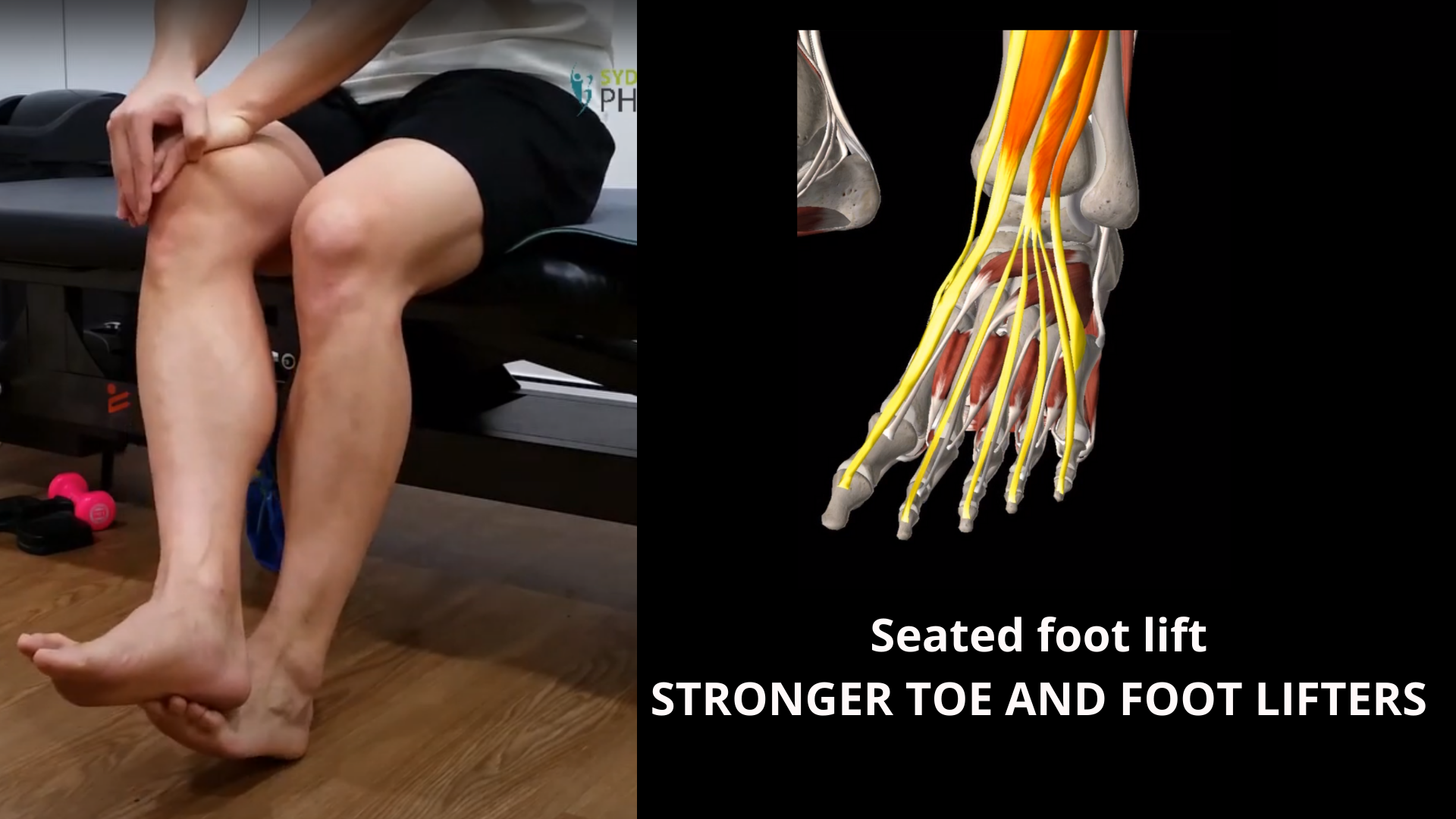What to do when you suspect a fracture
Wrist and ankle fractures are often left unattended by the person sustaining the injury. Possible fracture to the wrist happens with a fall onto an outstretched hand during ski, snowboard, or bike accidents. A possible fracture can happen to the foot with a heavy landing whilst walking downstairs or a sprain to the ankle.
What do you need to do if you suspect a fracture?
If you are suspecting a fracture, we suggest that you first consult a general practitioner. It may be worthwhile to obtain a referral for imaging (eg. x-ray). Fractures commonly take 6-8 weeks to heal properly. You will need protection (in the form of a fibreglass cast, brace, splint, or a CAM Boot) to immobilise the fractured bones until they heal. Crutches are often required to off-load the fractured foot.
Whether it be your hands, wrist, fingers, or foot, they will be cast or splinted in a specific position to minimise joint stiffness and muscle shortening (contracture) that comes with immobilisation.
What happens afterwards?
Once the designated immobilization period is due and provided that imaging shows signs of "Bone Callus Formation", the cast can be removed. The patient will then embark on a “stage-specific Rehabilitation program" with exercises aimed at regaining function. Patients must follow the expertise of physiotherapists with regards to progression and return to sport.











